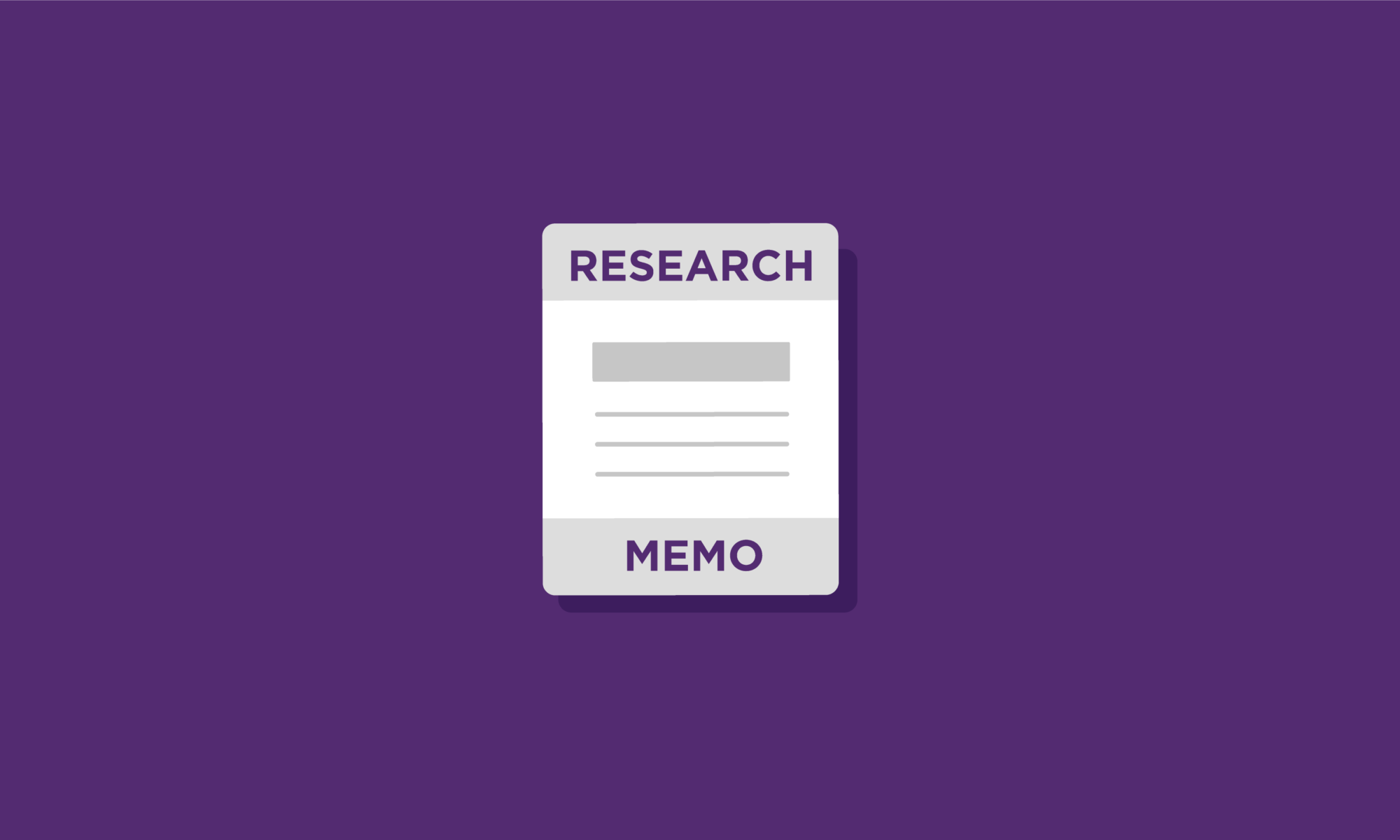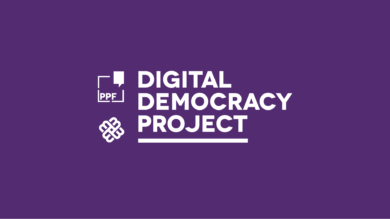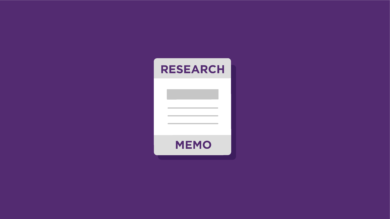
DDP Research Memo #6: Political Advertising on Facebook
How parties and other political players target Canadians on FacebookKey Findings: Facebook Election Ads
-
The Liberal Party outspent the Conservatives on Facebook. They also chose more narrowly targeted ads compared to the Conservatives’ “broadcast”-style strategy.
-
The highest-spending partisan third-party group, by far, was Canada Proud.
-
Troublingly, we found at least two advertisers purporting to show “fact checks” that were actually partisan advertisements.
Key Findings: Survey Research
-
Canadians do not seem to prefer positive ads to negative ads. Negative ads do drive up negative perceptions of the party that is targeted, but also of the party that pays for the ads.
- Positive political ads appear to reduce affective polarization—dislike of parties or their supporters on the other end of the political spectrum simply because they belong to an opposing group.
Election Ad Findings
The Cambridge Analytica scandal shed light on the ways social media advertising could potentially be used to influence electoral outcomes. With traditional advertising, political campaigns can only reach broad audiences —such as newspaper subscribers, or viewers of a certain television show—and their spending is strictly regulated. But with social media advertisements, political parties and their supporters can fine-tune their messages to highly specific audiences, without the rest of the country knowing what information their friends and neighbours are receiving.
In the year and a half since the Cambridge Analytica revelations, social media companies have taken steps to make their political advertising processes more transparent. Facebook, for instance, has made all Canadian political, electoral and issue ads that run on its platforms available to journalists and researchers. This is the basis for research by the Online Political Transparency Project at New York University’s Center for Cybersecurity, which collaborated with the Digital Democracy Project on this report.
Adding up the total ad spending for Canadian political parties during the election campaign so far—including the national and provincial party organizations and individual candidates—shows that the Liberal Party has far outspent its rivals. From Sept. 11 to Oct. 4, the Liberals and their candidates spent an estimated $1 million (all figures CAD) on Facebook ads, compared to $640,000 for the Conservatives and $230,000 for the NDP.
But looking more closely at these figures also tells us something about the parties’ advertising strategies. The Liberals appear to be running far more targeted ads, with an average estimated spend of $150. The Conservatives are running fewer ads but spending more on them, with an average estimated ad spend of $695. The Conservatives appear to be pursuing a “broadcast” strategy, similar to traditional advertising, with ads promoting the party as a whole and only minor tweaks to the messaging. The Liberals, by contrast, are focusing on promoting individual candidates. (Much smaller spending totals by the NDP and other parties makes it difficult to make direct comparisons.)
The 2018 Ontario election was notable for the way that a third-party group, Ontario Proud, disrupted the political information landscape with social media ads and posts taking aim at the incumbent Liberal government, which ended up losing to the Conservatives. With Ontario Proud’s founder launching a national organization, Canada Proud, ahead of the federal election, analysts have been closely watching partisan third-party groups. Canada Proud has turned out to be the biggest third-party spender on political Facebook ads by far. It spent more than $123,000 in the election period up to Oct. 4. Its closest competitor was the left-leaning third-party North99, which spent a fraction of that amount at $29,000. Right-leaning third-parties that are affiliated with each other made up five of the top 10 spenders.
Troublingly, we found at least two advertisers on Facebook purporting to show “fact checks” that were actually partisan advertisements. One page, “Election Fact Check,” clearly discloses that it is paid for by the Conservative Party of Canada. The other, which attacks the Conservatives, states that it is paid for by “Canada Fact Check,” providing a link to an associated web page and political consultant responsible for the campaign. North99 also ran ads that solicited donations for a “fact check” website, but that site also appears to be a partisan site designed to spread negative political messages.
The idea of partisan advertisements masquerading as “fact checks” should be of serious concern to journalists. In recent years, news organizations have invested more resources into fact-checking as a way to counter political misinformation and position themselves as a trusted source for news. But as Research Memo 5 showed, Canadians are not more likely to trust fact-checks from the media than from politicians or random Twitter users. Partisan groups presenting political spin as “fact checks” could create even more confusion in this space.
Survey Findings
For years, parties and political scientists have debated whether negative ads win elections. We are no closer to answering that question but our survey this week shows that Canadians do not seem to have any preference between positive and negative ads. They saw negative ads as slightly less appropriate and less fair than positive ads, but more believable and more accurate.
Negative ads do lead to more negative impressions of the party that is being targeted. However, they also lead to more negative impressions of the party that is placing the ad. This means that any party looking to go negative with its advertising would be taking a calculated risk.
Beyond the competitive considerations of elections, negative ads may also have an effect on society as a whole. We found that two measures of affective polarization—affect gap and warmth gap—were reduced by positive ads. We randomly divided our respondents into three groups and showed them Facebook advertisements from the New York University collection. Some saw only positive ads, some saw only negative ads, and some saw a mix of the two. Because the overwhelming majority of our ads were from the Liberal and Conservative Parties, we restrict our analysis here to Liberal and Conservative partisans.
To calculate the affect gap, we asked respondents to rate how well a series of positive and negative words (e.g. honest, intelligent, hypocritical, selfish) describe a given party. Respondents who were only exposed to positive ads felt less negatively about the opposing party than those who received only negative ads or a mix of the two, and the gap between their perceptions toward their own party and their opponents was smaller as well.
We calculate the warmth gap by asking respondents to rate their feelings toward each of the major parties well before exposure to any ads at the beginning of our survey and again after respondents saw the ads. We find that Liberal and Conservative partisans saw each other’s parties more positively after exposure to positive ads, while there was no difference in feelings for those who only saw negative ads or a mix. In addition, the warmth gap was 10% smaller for respondents who were exposed to only positive ads than those who saw no ads.
Parties of all stripes have been fiercely debating whether digital media contributes to polarization and what can be done to stop it. If they are serious about tackling the issue, one step might be taking a closer look at political advertising.
Methodology
Our survey data team conducted an online panel survey of 1,549 Canadian citizens 18 years and older using the online sample provider Qualtrics. The sample was gathered from Sept. 27 to Oct. 3. Data was weighted within each region of Canada by gender and age to ensure it adequately represented the Canadian public. Survey respondents were asked questions related to basic demographics, as well as their partisan, ideological and issue preferences. They were also asked to evaluate six randomly assigned Facebook ads from the three major parties. We present 90% confidence intervals for each of our figures below. Partisan sub-groups are restricted to the Conservatives, Liberals, NDP and non-partisans for sample size considerations.
For our online data research, we used Facebook’s Ad Library API and Ad Library Report. Facebook publishes weekly reports of pages which have run ads on social issues, elections or politics in Canada. We use those reports to find Facebook pages which have run ads of this type, and then we request all ads via the API for those pages on a daily basis. For each ad, we receive the ad text, the page associated with the ad, the link description shown to user telling them where the ad would take them, and information about how much was spent on the ad and how many impressions it had. The ads in this report ran between Sept. 11 and Oct. 4.




